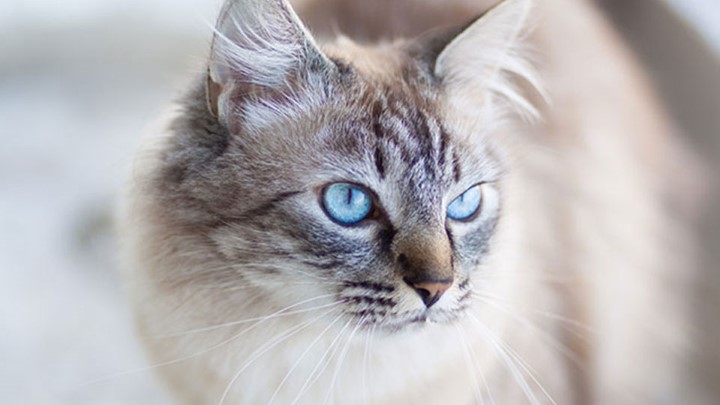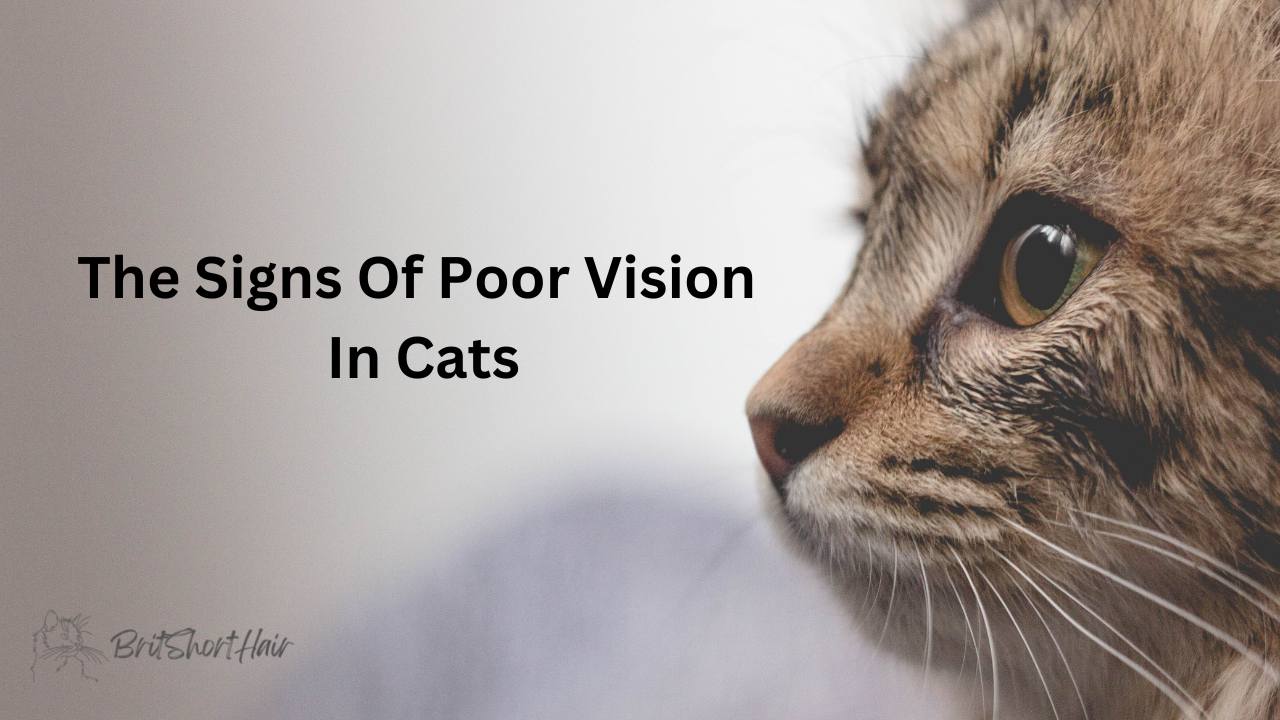Introduction
As cat lovers, we know cats are fascinating creatures with many amazing skills. Ever wondered what could be the signs of poor vision in cats? Their strong senses, especially their visual acuity, are one of their best characteristics. However, cats can have visual problems like humans, which can affect their daily existence. Thus, pet owners must remain attentive for signs of poor vision in cats. What are these indicators? How can you know if your cat has visual issues? Let’s look at some of the most typical signs of impaired feline vision.
Eye Appearance Alterations
As a cat admirer, you may understand the importance of a cat’s strong senses, notably their amazing eyesight. Cats can suffer from vision problems like humans. Keep an eye out for eyesight issues to ensure your cat gets the best care. Eye changes are one of the most obvious symptoms that your cat may have vision issues. Having cloudy or blurry eyes or continuously dilated or constricted pupils may indicate a vision impairment. To ensure timely and proper treatment, notice signs of poor vision in cats and report any discharge or redness in your cat’s eyes to a veterinarian.
Clumsiness Increases
When it comes to signs of poor vision in cats, greater clumsiness can be highly telling. As a pet parent, you may see your cat colliding with objects more frequently, misjudging distances, or even pausing before jumping. These sloppy behaviors could be the result of eyesight issues that are causing your cat to struggle with their environment. Of course, it’s important to recognize that some clumsiness in cats is typical, especially as they age and their reflexes slow down. If you observe a sudden increase in your cat’s clumsiness, keep a closer check on them and consider seeking veterinarian care to rule out any underlying eyesight disorders that may be interfering with their daily lives.
Variations in Physical Activities
When feline creatures are having vision issues, one potential indication that could manifest is a shift in their activity levels. In the event that your previously energetic cat all of a sudden appears to be more lethargic or unwilling to engage in playful activities or to investigate new surroundings, this might be a hint that there is an issue with their eyesight. Yet, in some cases, cats will do the opposite and become more active than before as a way of trying to make up for their visual impairment. Such alterations in behavior could be one of the signs of poor vision in cats, therefore warranting immediate attention.
Troubles with the Litter Box
When it comes to feline ocular difficulties, it’s important to remember that cats with poor eyesight may exhibit some visible behavioral changes, such as trouble locating or using their litter box signs of poor vision in cats. This is especially true if their vision is impaired to the point of impairing their ability to navigate or orient themselves in space, rendering them unable of finding or accessing their litter box without incident. As a result, pet owners must recognize that their cat isn’t misbehaving on purpose, but rather has actual visual concerns that demand prompt attention.
Behavior Changes
When it comes to feline ocular difficulties, it’s important to remember that cats with poor eyesight may exhibit some visible behavioral changes, such as trouble locating or using their litter box. This is especially true if their vision is impaired to the point of impairing their ability to navigate or orient themselves in space, rendering them unable of finding or accessing their litter box without incident. As a result, pet owners must recognize that their cat isn’t misbehaving on purpose, but rather has actual visual concerns that demand prompt attention.
Solutions to your cat’s poor eyesight

Schedule regular medical visits to treat your cat’s visual issues. They can examine your cat’s eyes and vision, diagnose any issues, and offer treatments or management.
Diet and nutrition affect your cat’s health, especially vision. Make sure your cat gets enough vitamin A for healthy eyesight. Discuss cat food with your vet.
Changing your cat’s habitat can help them navigate securely. For instance, ramps, steps, or stools can help your cat climb higher surfaces. To help your cat navigate, give them toys that produce noise or have a distinct texture.
Medication or supplements may be needed to treat your cat’s visual issues, depending on the reason. Your vet may recommend drugs to relieve eye pressure, irritation, or infection. Antioxidant or omega-3 fatty acid supplements may improve your cat’s vision and eye health.
Surgery may improve your cat’s vision. Surgery can correct cataracts, a common cause of cat visual loss. Your cat’s veterinarian can recommend the finest treatment.
Finally, cats with low vision may need extra care to stay safe and healthy. Keep them indoors, supervise their movements, give them a comfortable and predictable living environment, and treat them gently.
Conclusion
In conclusion, cat owners must know the signs of poor vision in cats. Vision impairments might cause eye changes, clumsiness, activity changes, and litter box issues. Diagnose and treat any underlying diseases with prompt veterinarian care. Owners can improve their cats’ quality of life and well-being by monitoring their health.
hey we have a lot of information on cats you can check out by clicking Bristhorthair.com
wants to follow us on social media

